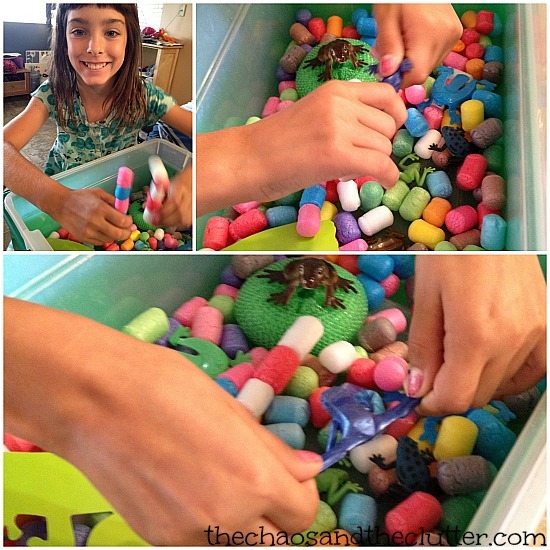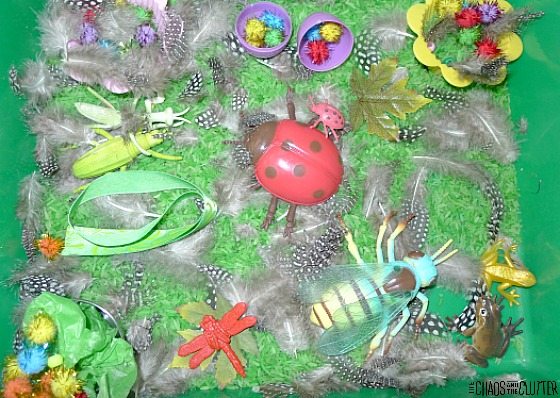Sensory bins are a fun way to get your kids engaged in imaginative play. And while they’re perfect for encouraging your child to play independently, you can also use these learning tools to help reinforce important concepts, like emotions. With this fun jungle sensory bin, your preschooler can have fun playing with cute jungle animals while also practicing emotional identification. This activity is great for preschools, Kindergarten classrooms, or home. You can easily adapt the questions you ask for older and younger kids. Learning opportunities:
This activity is great for preschools, Kindergarten classrooms, or home. You can easily adapt the questions you ask for older and younger kids. Learning opportunities:
- early reading
- matching
- jungle animals
- emotions
- sensory play
How to Make a Jungle Sensory Bin
Materials Needed:
- Large bin or dish
- Split peas or other green filler (see suggestions below)
- Toy jungle animals
- Printable jungle animal feelings cards (you can download those here)
- Scissors
- Laminator (optional)
Instructions:
- Fill the bin with your filler material.
- Add the jungle animal toys.
- Print out the jungle animal feelings cards and cut them out. Laminate for durability, if desired.
- Place the cards inside the bin with the toys.
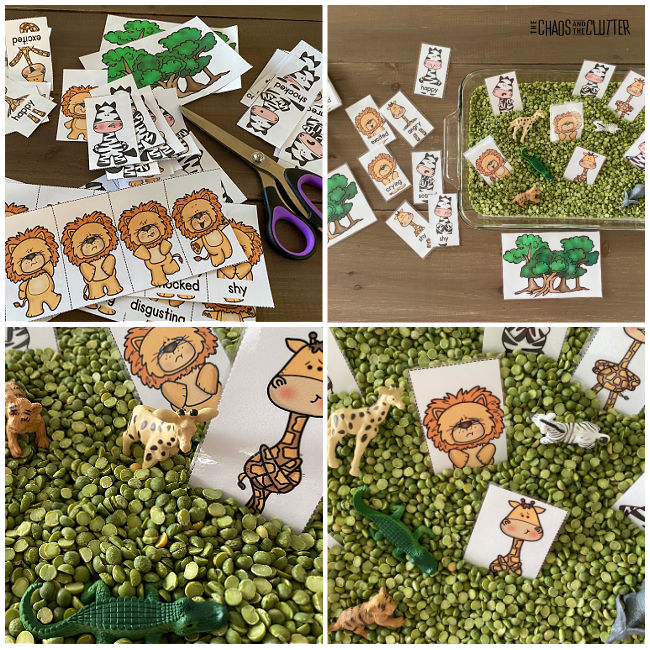
How Do You Play with this Feelings in the Jungle Sensory Bin?
After you put your jungle themed bin together with the filler, toys, and printable cards, it’s time for your kids to have some fun! Let your child explore the items in the bin independently first. Then, you can encourage them to identify the different feelings they see on the animal cards.
These simple prompts are a great way to get your kids thinking about the jungle themed animals inside their sensory bin:
- Point at the sad lion.
- Show me the angry zebra.
- Find the happy giraffe.
- Which animal is angry?
- How is the zebra feeling?
- Can you find the sad giraffe?
- Why do you think the lion is crying?
- Is the zebra excited?

Since this printable activity features a variety of feelings and emotions on each set of cards, your kid can have tons of fun playing with their favorite jungle animals and learning about feelings at the same time. The cards feature three different popular jungle animals: giraffes, lions, and zebras. And each animal displays 10 different emotions:
- Happy
- Sad
- Angry
- Disgusted
- Shy
- Confused
- Scared
- Shocked
- Crying
- Excited
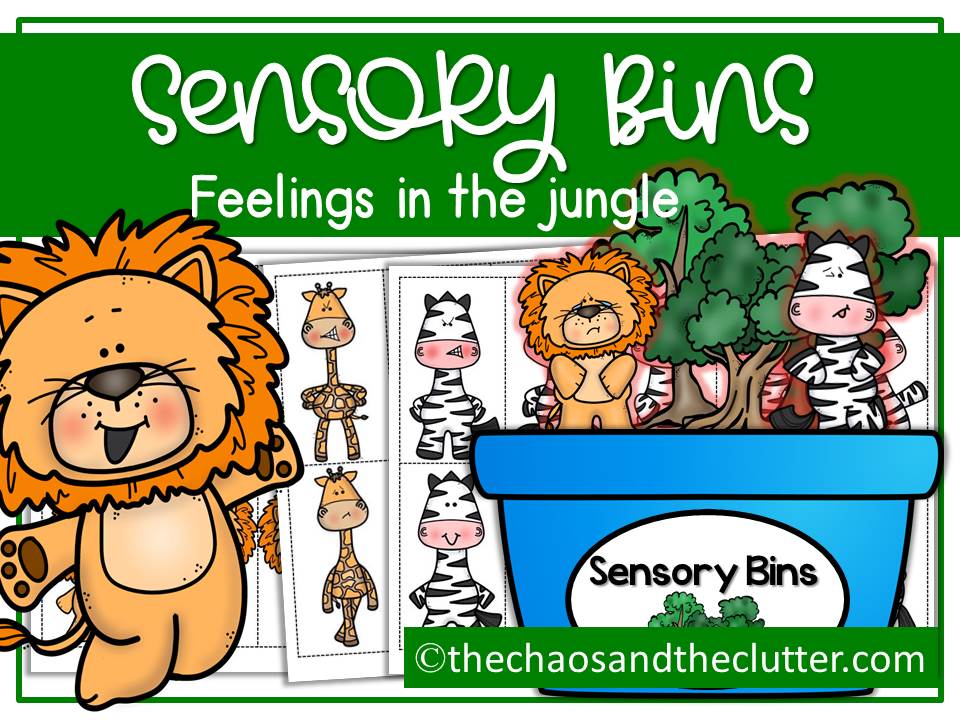
Jungle Sensory Bin Variations
- Use different filler materials, like Easter grass, Spanish moss, small rocks, sand, water beads, or colored rice
- Add other jungle themed toys, like small trees, sticks, flowers, or leaves
- Provide fine motor toys, like tweezers or scoops, to add to the jungle fun
- Use the cards outside of the box by helping your child match the different animal’s emotions
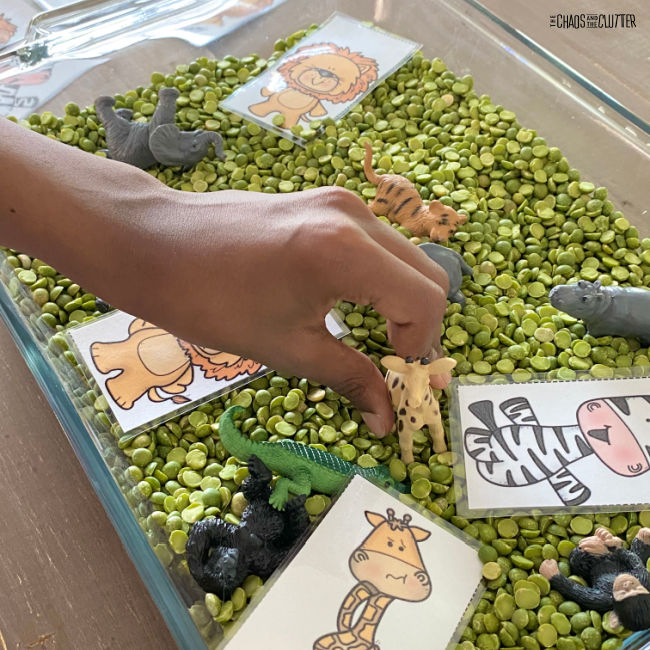
Activities to Expand Your Jungle Sensory Bin Lesson
- Read books about jungle animals or emotions
- Identify your own emotions as they occur throughout the day
- Discuss how different situations make you or your child feel as they’re happening
- Draw or paint pictures of different jungle animals or emotions
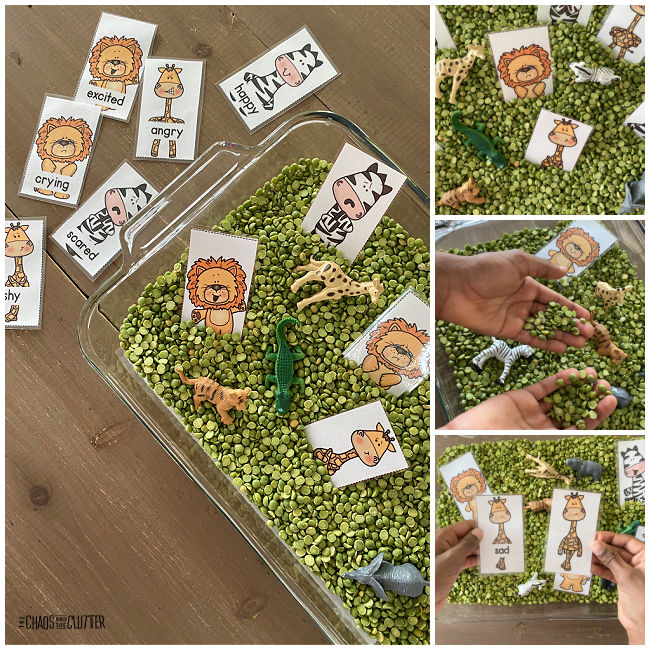
Sign up with your email address to receive the free printable emotion matching cards.
You may also be interested in:
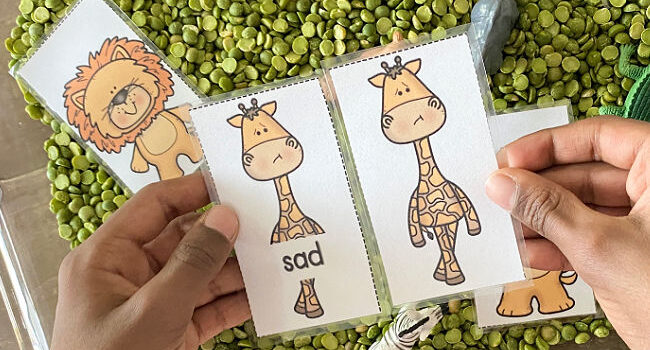

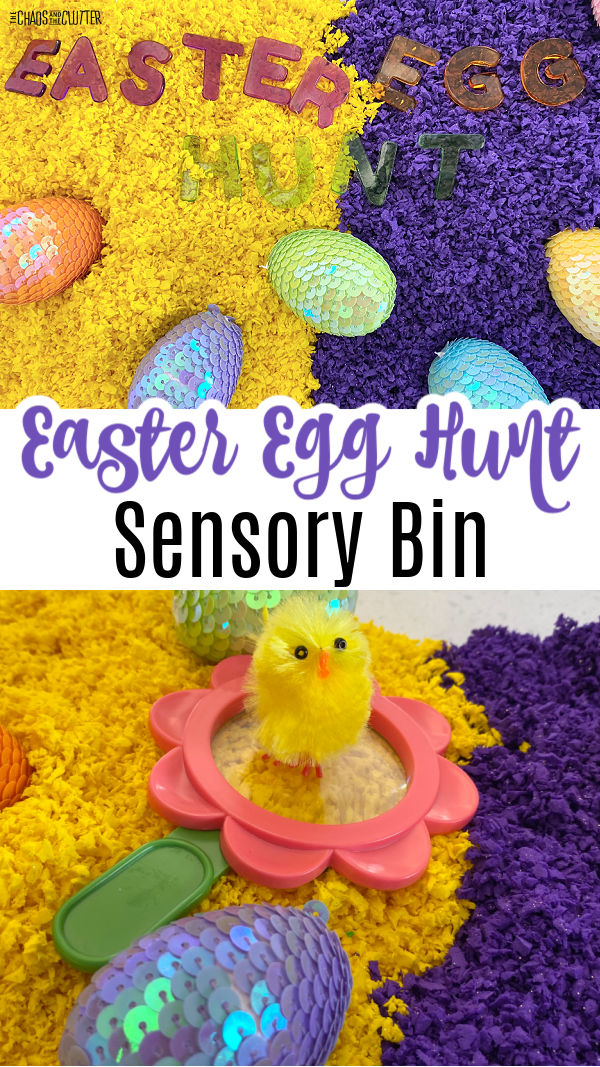 Using common Easter themed items in your sensory bin is the perfect way to get your kids playing and learning by using their senses. Each item on the bin is designed to help your child learn as they play by engaging at least one of their senses – sight, sound, smell, touch, and taste.
Using common Easter themed items in your sensory bin is the perfect way to get your kids playing and learning by using their senses. Each item on the bin is designed to help your child learn as they play by engaging at least one of their senses – sight, sound, smell, touch, and taste.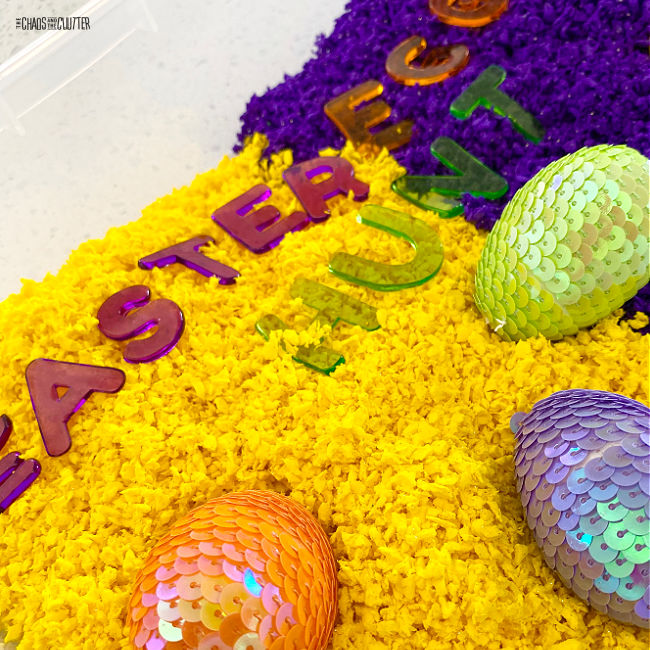 Instructions:
Instructions: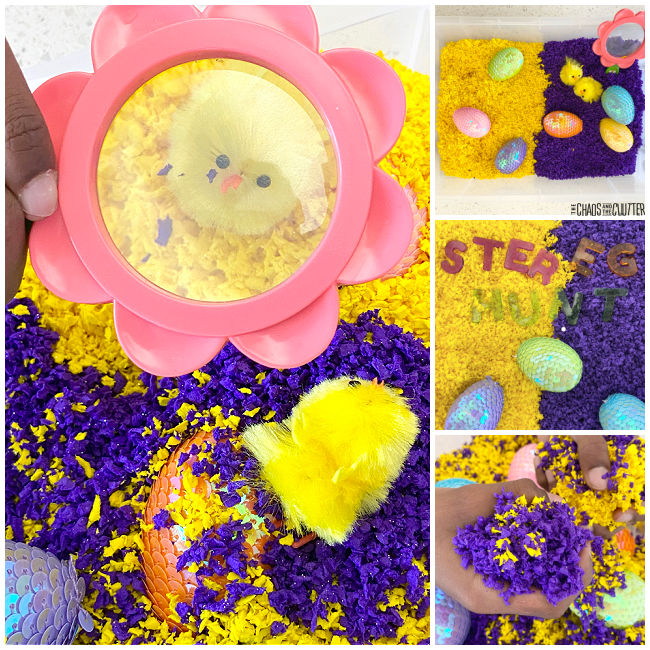
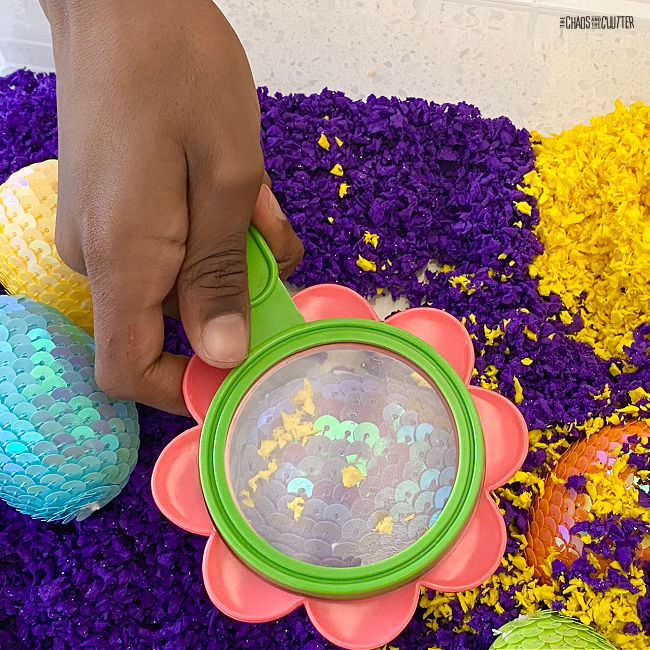
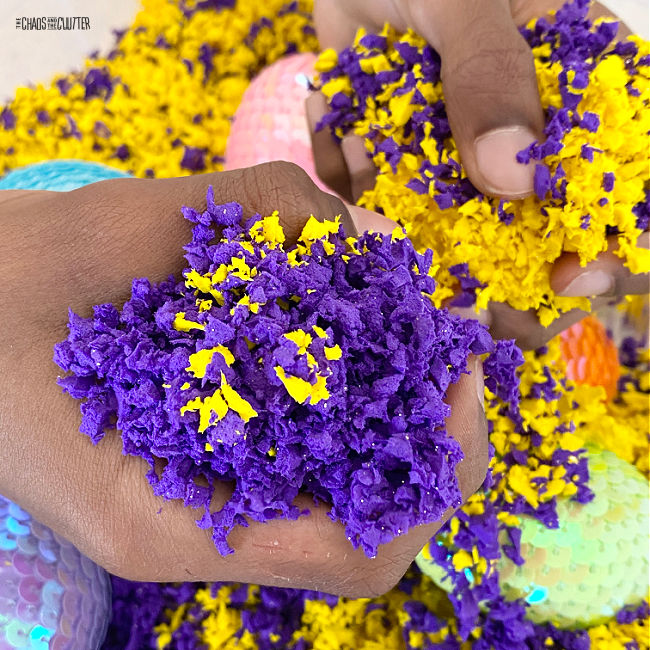
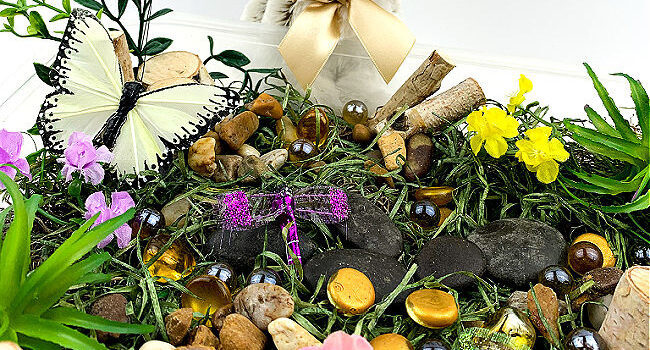
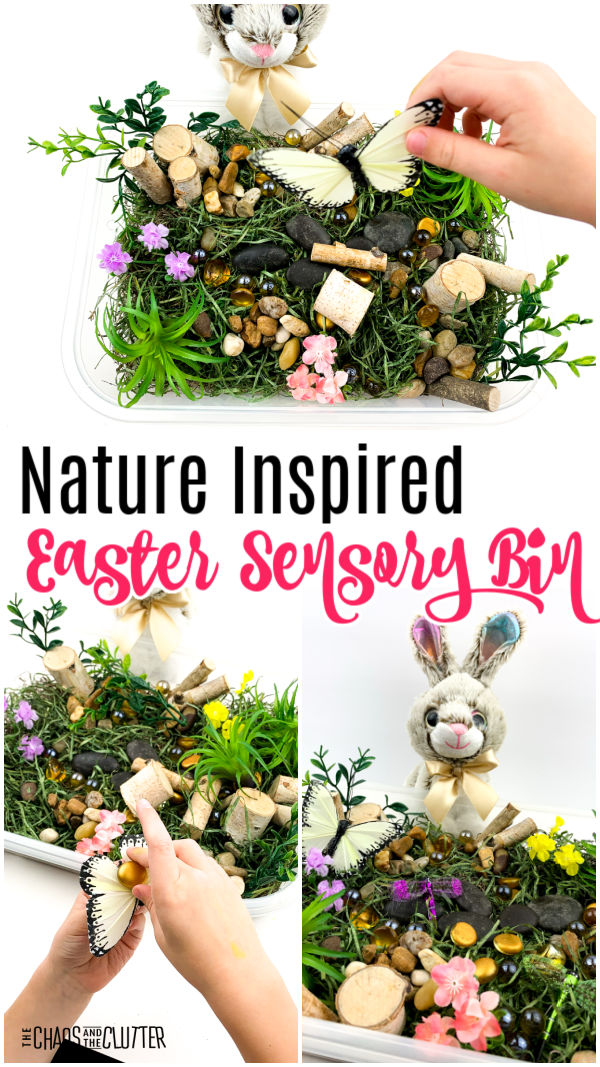
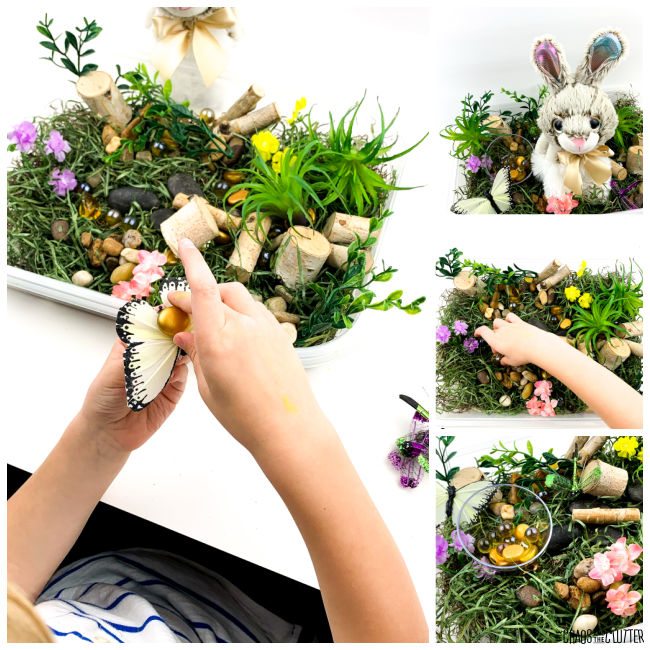
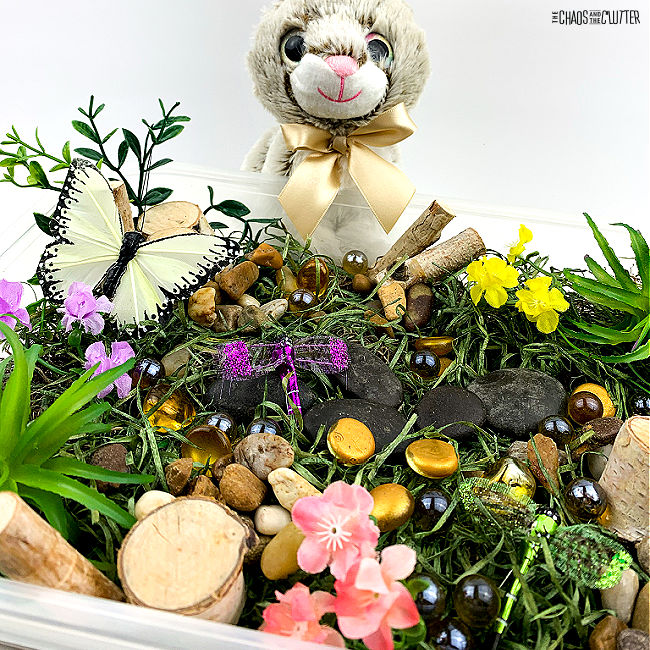 Instructions:
Instructions: 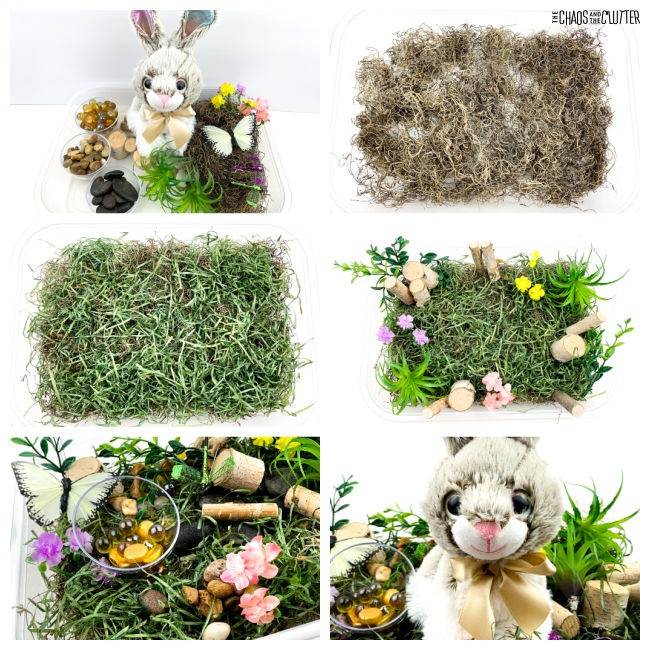
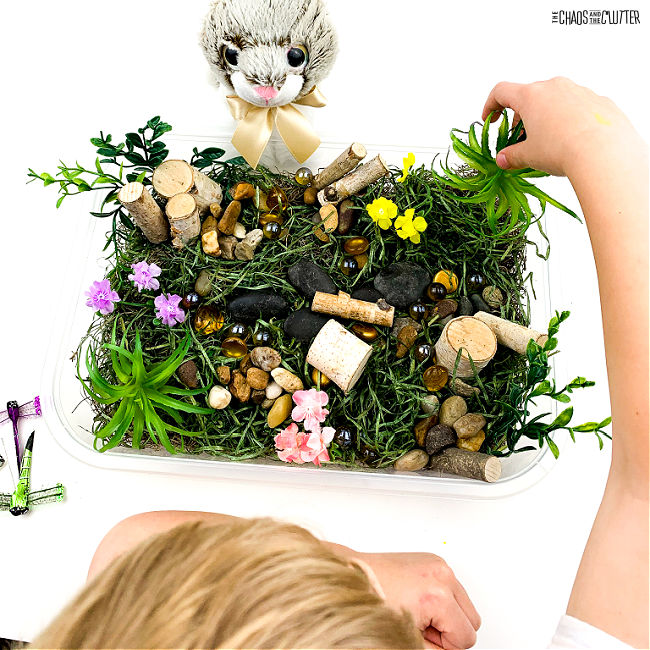
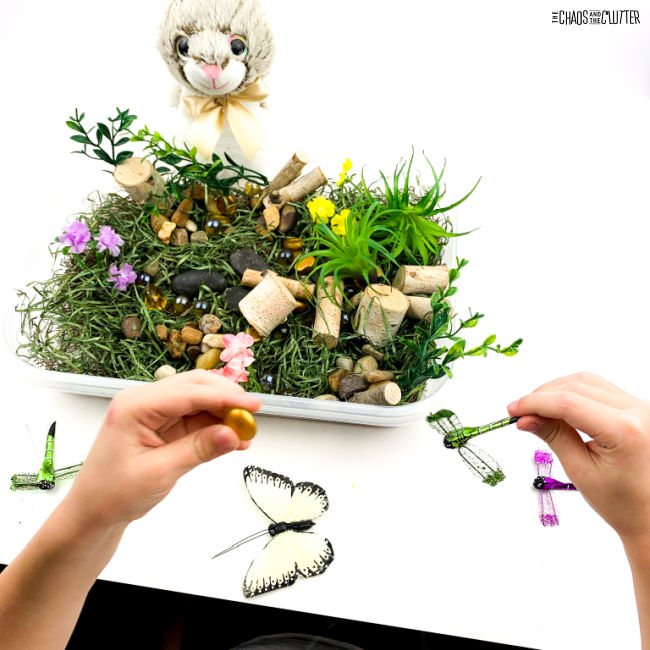
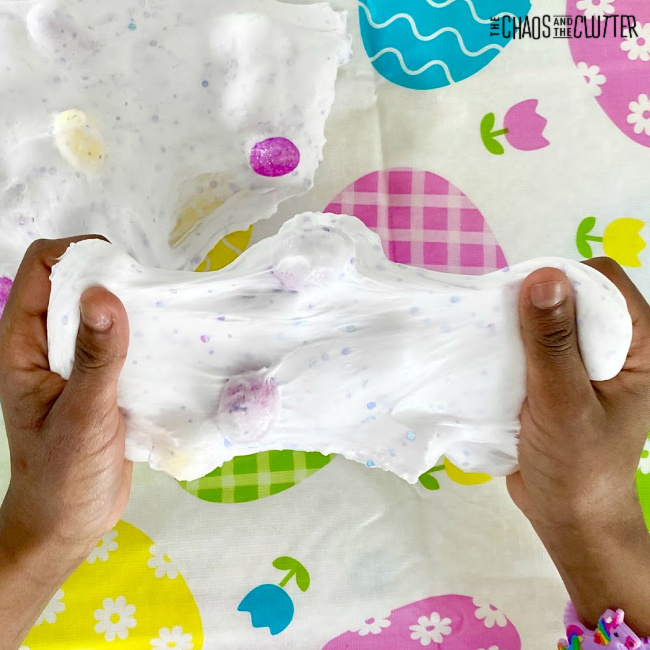
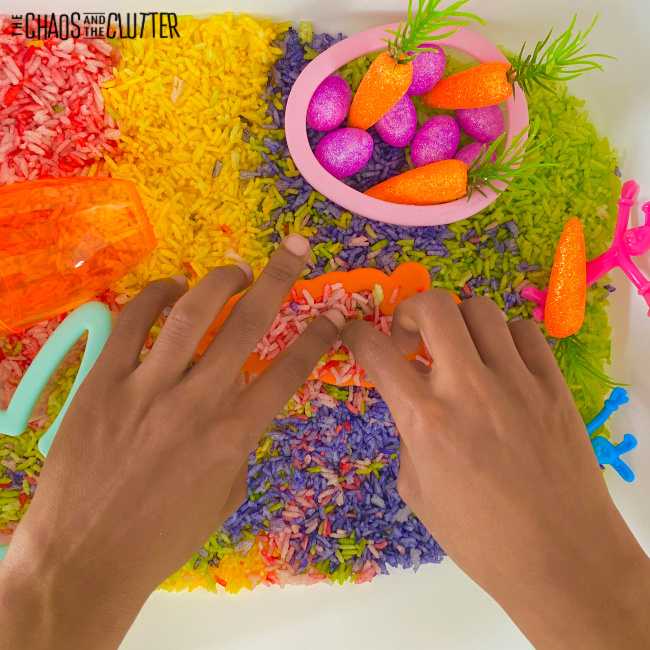
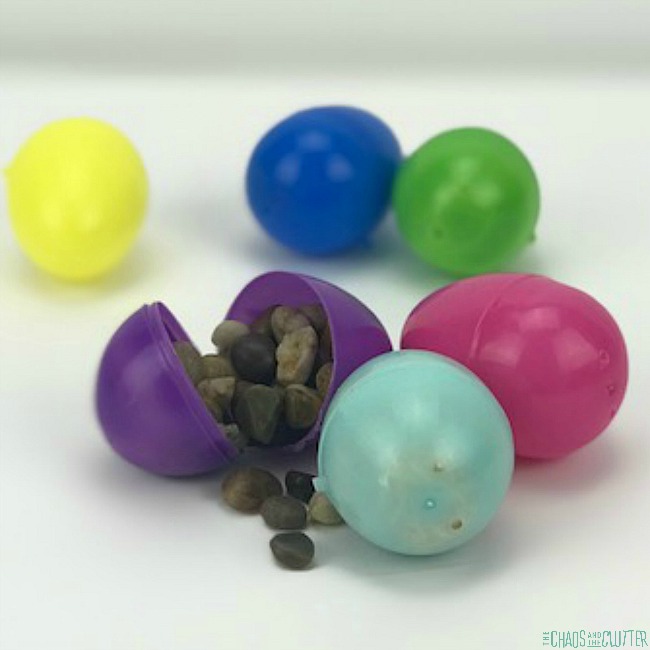
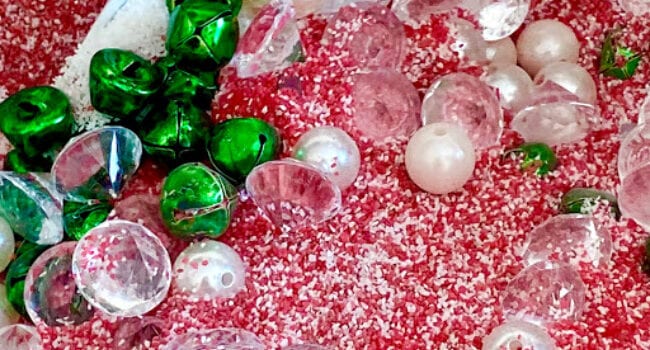
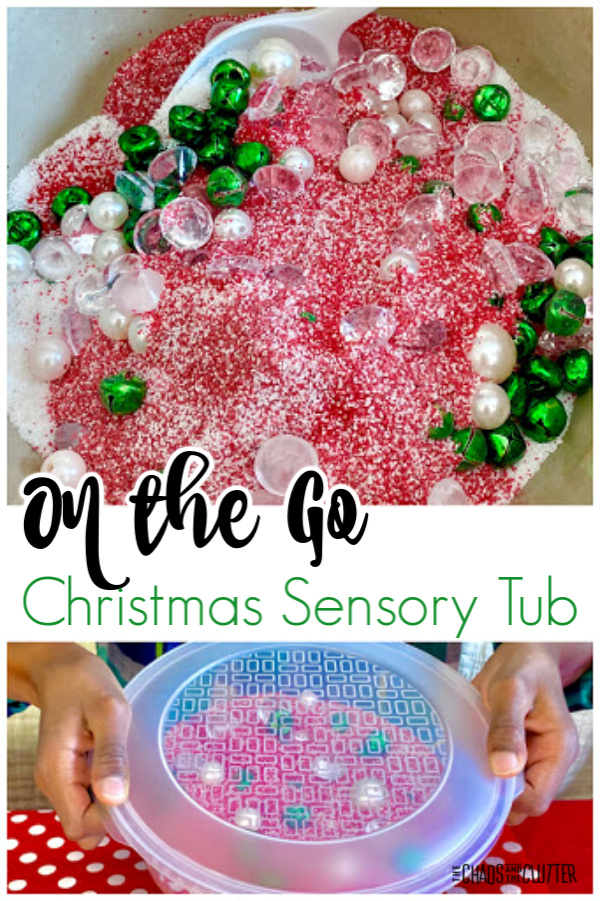 The items for this portable sensory activity were all purchased at the Dollar Store, so it is very inexpensive to create.
The items for this portable sensory activity were all purchased at the Dollar Store, so it is very inexpensive to create.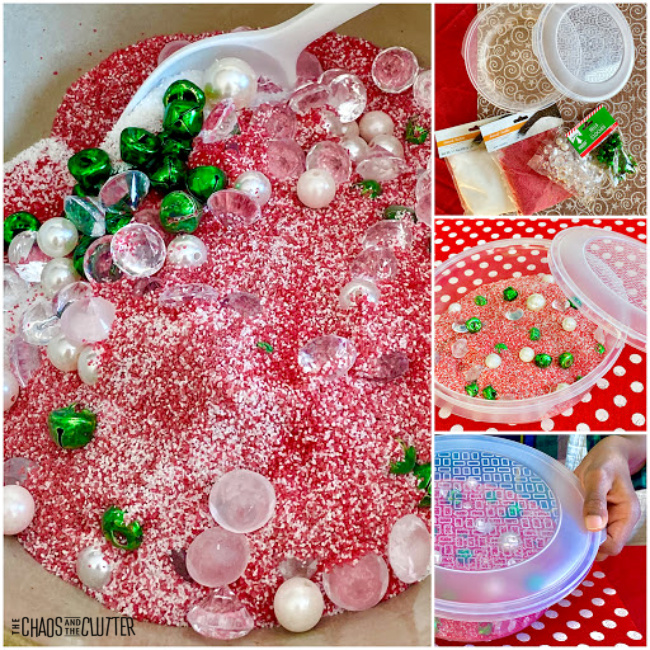 Directions:
Directions: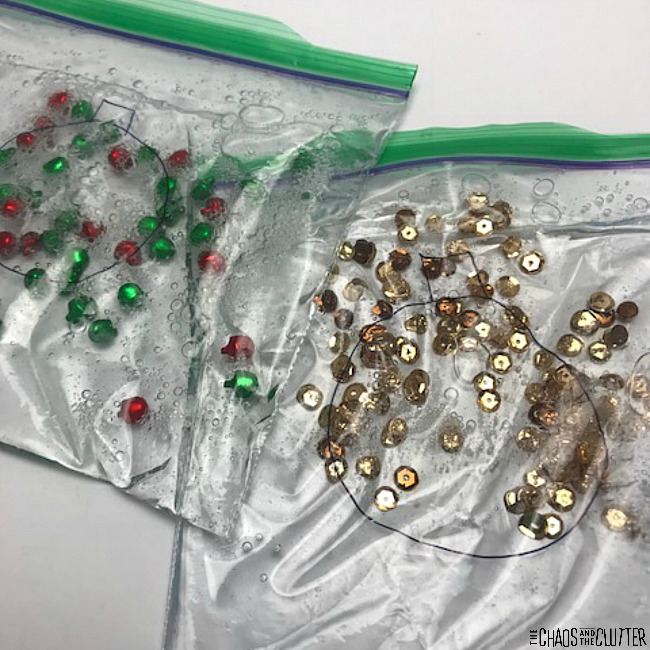

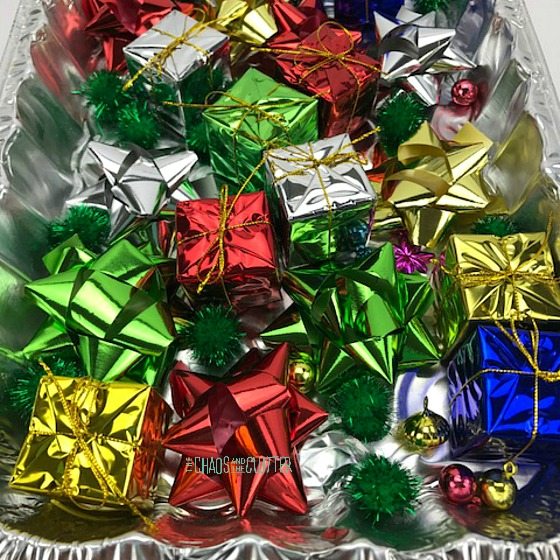
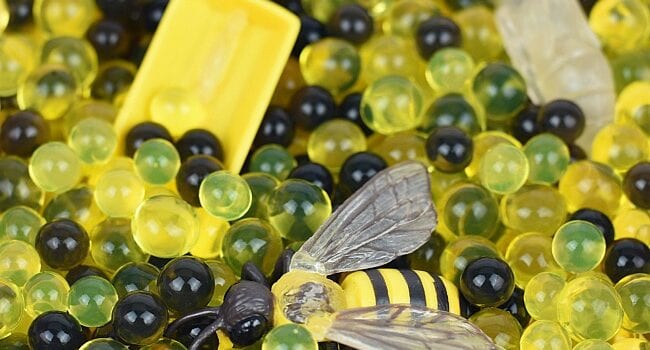
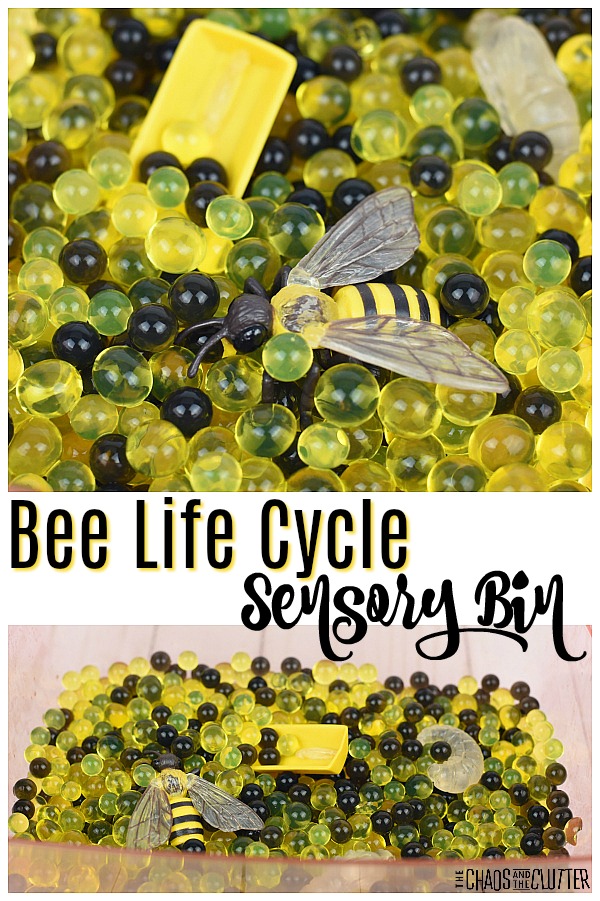 Walk kids through the transformation of a bee from egg to larva to pupa to a mature honey bee. You can either add everything to the bin all at once, or you can add them in after the amount of time they would happen in real life.
Walk kids through the transformation of a bee from egg to larva to pupa to a mature honey bee. You can either add everything to the bin all at once, or you can add them in after the amount of time they would happen in real life.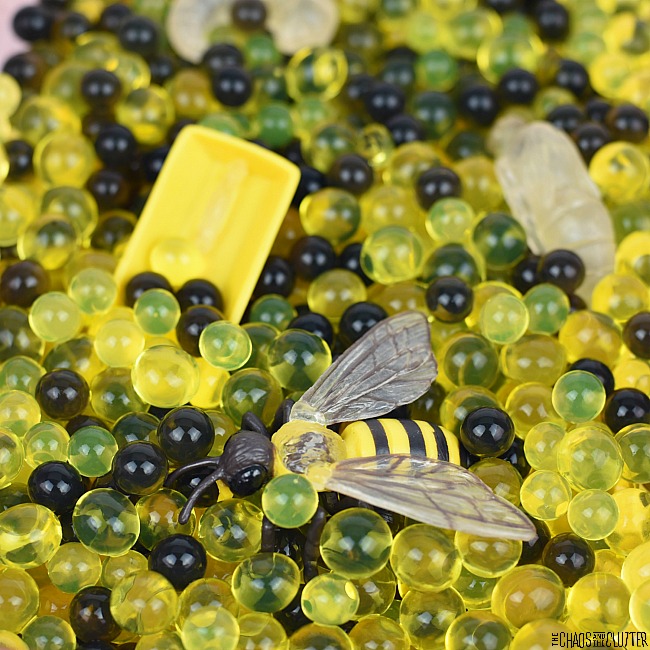




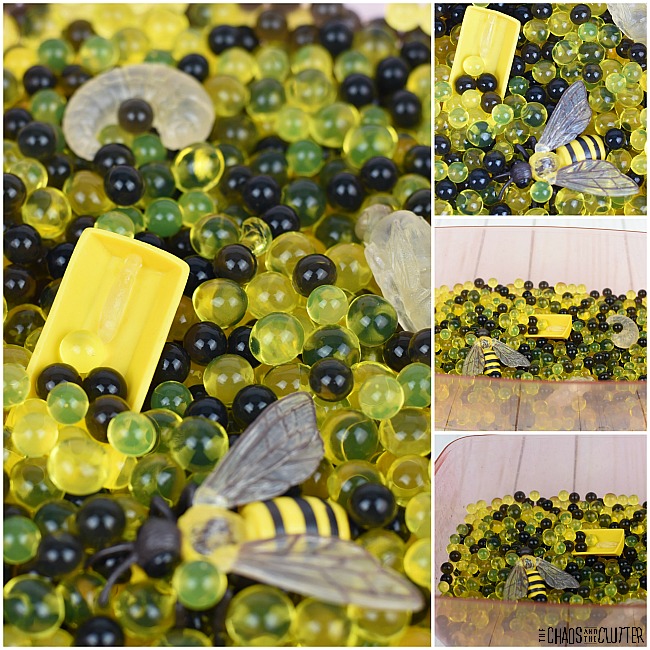 Kids can use their hands to dig in the bin and touch each of the stages in the honey bee cycle. If you’ve included some honey, they will also be able to use their sense of taste and smell to enhance their learning.
Kids can use their hands to dig in the bin and touch each of the stages in the honey bee cycle. If you’ve included some honey, they will also be able to use their sense of taste and smell to enhance their learning.





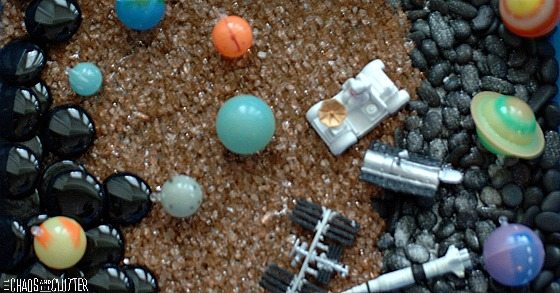
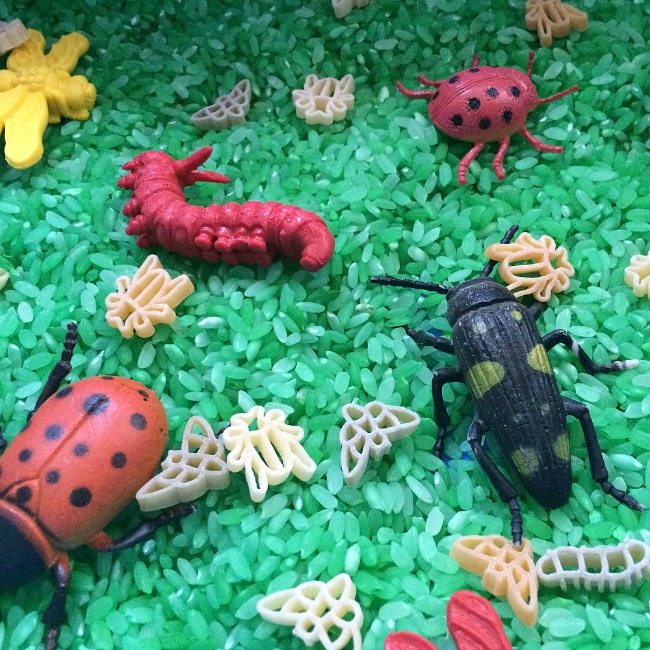
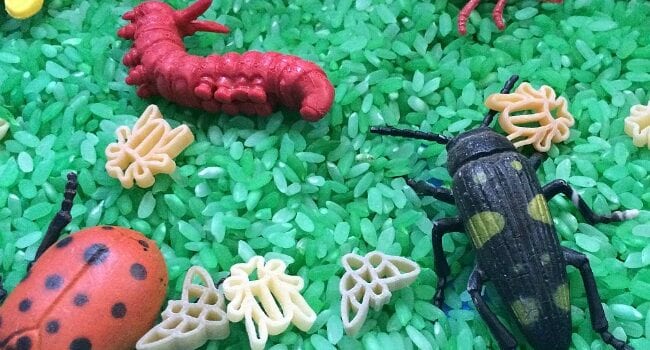
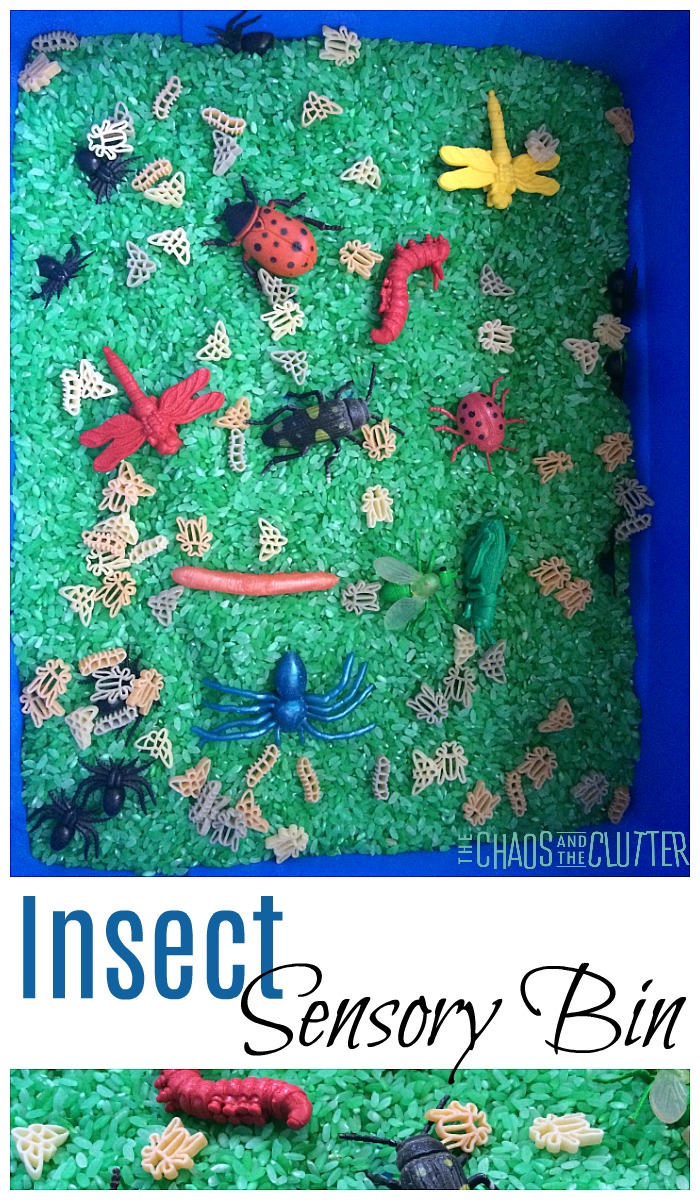 We used this sensory bin while studying insects in our homeschool. The kids enjoyed playing in it. The green rice looks like grass and made us look forward to Spring.
We used this sensory bin while studying insects in our homeschool. The kids enjoyed playing in it. The green rice looks like grass and made us look forward to Spring.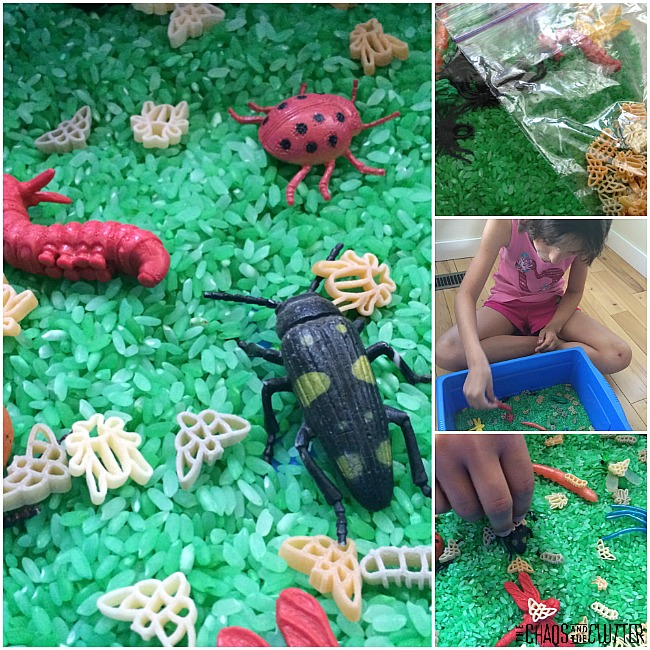 This particular sensory bin was one of the ones we had made in our
This particular sensory bin was one of the ones we had made in our 


